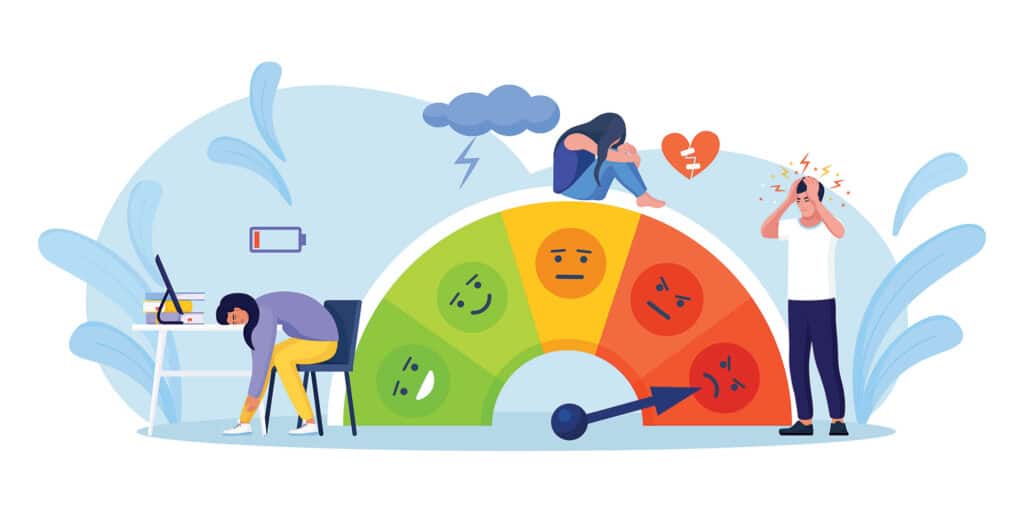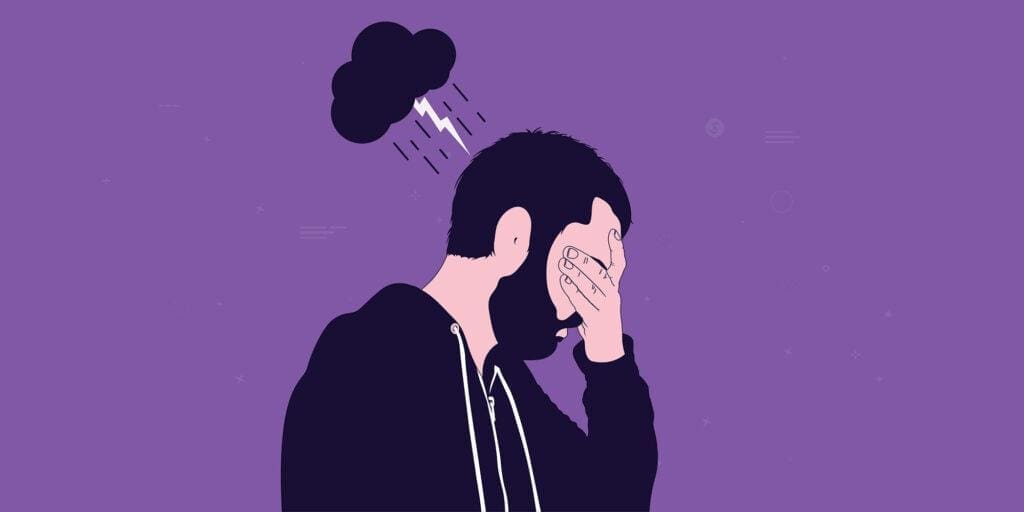Did you know that September is pain awareness month? To best prepare, we have a starting list of 5 things you should know. Below, learn more about pain awareness month, including what it is, why it exists, and how you can get involved today.
1. Chronic Pain Affects Over 50 Million People
From the research experts are able to gather on chronic pain, the prevalence of pain throughout the United States alone is shocking—over 50 million people deal with chronic pain. What’s more surprising is that, according to the Centers for Disease Control and Prevention (CDC), nearly half of these millions of people experience high-impact chronic pain, which is pain that acts as an obstacle to being able to do day-to-day things, like work, socialize, or enjoy hobbies.
 Chronic pain is not something that discriminates, though certain risk factors can make it more likely for some people to have a greater likelihood of experiencing pain. This means that anybody can live with chronic pain, regardless of age, gender, class, etc. Most commonly, chronic pain affects adults. Having co-occurring medical conditions, such as chronic pain and a sleep disorder, can also make the pain more likely to happen and more severe.
Chronic pain is not something that discriminates, though certain risk factors can make it more likely for some people to have a greater likelihood of experiencing pain. This means that anybody can live with chronic pain, regardless of age, gender, class, etc. Most commonly, chronic pain affects adults. Having co-occurring medical conditions, such as chronic pain and a sleep disorder, can also make the pain more likely to happen and more severe.
What’s important to note is that every person’s experience with chronic pain is different because pain is subjective. This makes it challenging for researchers to know exactly how chronic pain impacts people. That said, the general criteria for being diagnosed with chronic pain would be having pain:
- In one or more areas of the body (i.e., joint pain, foot pain, gut pain, etc.)
- That does not ease entirely or at all
- That lasts for at least 3 to 6 months
- That generally does not have a cure
- That flares up and down depending on the success of pain management techniques.
2. There Are Different Types of Chronic Pain
Another thing to know for pain awareness month is that there are many different types of chronic pain—and many different causes behind them. Chronic pain can come from injuries, long-term illnesses, and from other medical conditions. Additionally, many times the source of chronic pain is unknown, which can be an incredibly frustrating experience for people who are trying to work toward pain management.
What a lot of people don’t know about chronic pain is that people experience the symptoms all the time without others realizing. This is because chronic pain is often invisible. The pain that somebody feels on the inside does not always reflect on the outside. Unfortunately, a lot of people who have chronic pain feel as though they have to hide their experiences from others out of fear that nobody will understand.
That’s exactly why pain awareness month exists: to spread the word about the prevalence of chronic pain. Furthermore, it might help others who don’t experience pain to have a different perspective on all of the many ways that chronic pain affects people.
3. Pain Management Is Tricky…But Possible
One of the biggest challenges for people with chronic pain is finding the right kind of pain management. Often, the go-to solution for specialists who are trying to help their patients with chronic pain is to prescribe pain medicine. While this can be helpful for some people with chronic pain, for others, it’s not a feasible or long-term solution. In fact, some people with chronic pain who take opioids are at an increased risk for serious—even fatal—side effects.
Chronic pain awareness month can help to shine light on some of the other paths, in addition to having the right pain medicine, to pain management. These would include both physical and emotional approaches, such as:
- Physical therapy
- Sound therapy
- Self-care
- Finding the right health care providers
- Joining chronic pain advocacy groups
Perhaps a less obvious approach toward pain management during pain awareness month would be spreading public awareness. But the more people know about chronic pain, the more opportunities there will be to treat it. Thus, talking openly about your own experiences with chronic pain could lead you down a treatment path that you didn’t know existed.
4. Chronic Pain Can Cause Mental Health Distress


Examples of mental health problems in people with chronic pain would be:
- Anxiety
- Depression
- Substance use (i.e., prescription opioid addiction)
This list is by no means exhaustive, and doesn’t quite capture the full effect of having both physical and emotional struggles. For people who live with chronic pain, finding the right resources on managing the mental health side of things is essential.
There are certain therapeutic approaches that can help people to change their perceptions of pain, like cognitive behavioral therapy, for example. The reality for people with chronic pain is that the pain is something that can continue indefinitely with many ups and downs. These treatment techniques are meant to supplement whatever pain management plan chronic pain patients have in place. Keep in mind that building strength is not just a physical goal.
5. The Goal of National Pain Awareness Month Is To Raise Awareness
This last fact might seem obvious, but the overall goal of national pain awareness month is to raise awareness for the people who live with chronic pain each and every day. It’s hard to imagine just how many people start and end their days with aches and pains until you go through it yourself. If you are somebody who lives with chronic pain, you know how challenging it can be to do the little things, just as much as big responsibilities. But expressing the lived experiences of being a person with chronic pain isn’t always easy.
That’s why it’s so important to spread the word about pain awareness month. This month acts as a spotlight to show just some of the ways that chronic pain affects people. From getting out of bed in the morning to making that commute to work (or working from your living room couch, if you have a job that’s accommodating), chronic pain can influence the way that you move and feel. It can change the way you build relationships with others. It can even affect the way that you view yourself.
So, for chronic pain awareness month, be sure to share your own story of living with pain with our Pain Resource community. How has chronic pain impacted you? What do you wish more people knew about chronic pain? Most urgently, how can others best support you for this month and all the days beyond that? Living with chronic pain is a true challenge, but one that you never have to take on alone.
If you are looking for a supportive network of people who understand you and your chronic pain, the Pain Resource community is a great community.
What are your thoughts on this article?
Let us know in the comments below!
What topics should we cover next?
Email us your ideas at info@painresource.com!





This is explains what is going on with me exactly. I usually can’t even get out of bed.